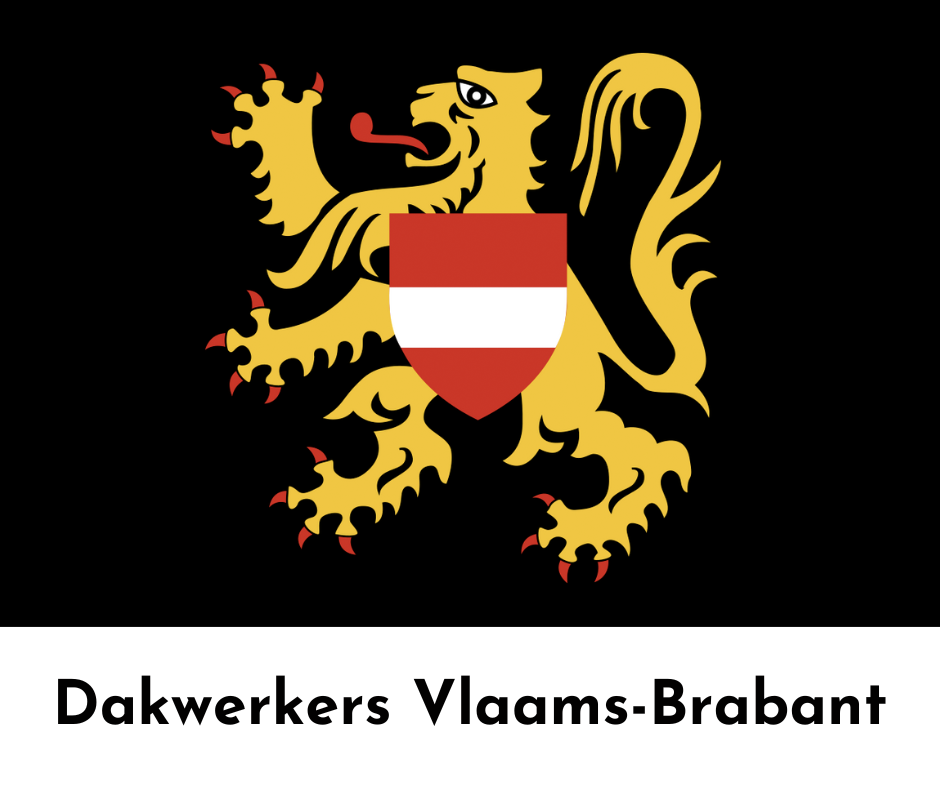Introduction
Flemish Brabant, a picturesque province in Belgium, is not just known for its rich culture and history but also for its stunning architecture. Among the most striking features of this region are its roofs—an essential component of the historical buildings that dot the landscape. These roofs tell stories of the past, and many have undergone restoration to preserve their beauty and integrity. In this article, we’ll explore various historic roof restoration projects across Flemish Brabant, diving deep into their significance, challenges faced during restoration, and the methods employed to maintain their original charm.
Historic Roof Restoration Projects Across Flemish Brabant
When we think about architecture's essence, roofs often take a back seat. However, in Flemish Brabant, they are central to both aesthetic appeal and structural integrity. Roofs can tell us so much about a building's history—from its construction techniques to materials used. This section will delve into several noteworthy restoration projects that have taken place throughout the region.
The Importance of Roofs in Historical Buildings
Roofs serve as more than just a protective covering; they also contribute significantly to a building’s character. The pitched roofs of traditional Flemish homes reflect centuries-old design principles that prioritize functionality and style. As such, restoring these roofs becomes crucial for:
- Cultural Preservation: Maintaining historical accuracy. Structural Integrity: Ensuring longevity. Aesthetic Appeal: Keeping the beauty of the landscape intact.
Challenges Faced in Restoration Efforts
Restoring historic roofs is no easy task—many challenges arise https://dakdekkerlokaal.b-cdn.net/bedrijvengids/vlaams-brabant.html during these projects:
Material Sourcing: Finding original materials or suitable alternatives can be tricky. Weather Conditions: Unpredictable weather can delay restoration efforts. Local Regulations: Adhering to strict guidelines set by heritage organizations.Case Study 1: The Cathedral of St. Michael and St. Gudula
One of the most significant historic restoration projects took place at the Cathedral of St. Michael and St. Gudula in Brussels, though it's on the border of Flemish Brabant. This Gothic masterpiece had suffered from wear over centuries.
Historical Background
Constructed between 1226 and 1270, this cathedral showcases stunning architectural elements like ribbed vaults and flying buttresses.
Restoration Details
The recent restoration focused on:
- Replacing damaged slate tiles Implementing modern waterproofing techniques Cleaning and preserving ornate stonework
This project not only restored structural integrity but also revitalized its aesthetic grandeur.
Case Study 2: The Town Hall of Leuven
Leuven’s Town Hall is another architectural gem with an iconic roof that reflects exquisite craftsmanship from different eras.
Historical Background
Completed in 1468, this late Gothic structure features intricate spires and statues adorning its facade.
Restoration Details
In a recent project:
- Damaged wooden beams were replaced A new layer of lead was applied to enhance durability The ornate decorations were meticulously restored
As a result, Leuven's Town Hall now stands proud as a symbol of resilience.
Local Techniques Used in Restoration
Flemish craftsmen possess unique skills passed down through generations that are vital for authentic restorations:

These techniques allow restorers to maintain authenticity while ensuring longevity.
Community Involvement in Restoration Projects
Involving local communities is crucial for successful roof restoration projects across Flemish Brabant:
- Community workshops educate locals about preservation techniques. Volunteer programs offer hands-on experience. Local businesses often contribute resources or funds for projects.
By fostering community involvement, these projects gain not only manpower but also emotional investment from residents who cherish their heritage.
Future Prospects for Roof Restoration in Flemish Brabant
As we look ahead, several trends are emerging within the realm of historic roof restoration:
Sustainability Focus: More projects aim to incorporate eco-friendly materials. Technological Innovations: Drone technology is being utilized for assessments. Enhanced Regulations: Stricter guidelines ensure higher standards for all restorations.These trends point towards a future where historical integrity meets modern practices seamlessly.
FAQs About Historic Roof Restoration Projects Across Flemish Brabant
1. What types of buildings undergo roof restorations in Flemish Brabant?
Historic homes, churches, town halls, and other significant structures typically undergo roof restorations to preserve their architectural integrity.
2. How long does a typical roof restoration project take?
The duration varies based on project scope; however, most restorations can take anywhere from several months to over a year depending on complexity.
3. What materials are commonly used in roof restorations?
Common materials include slate tiles, clay shingles, wood beams for framework, and lime mortar for repairs due to their durability and historical accuracy.
4. Are there grants available for restoring historic roofs?
Yes! Various local government initiatives provide funding or grants specifically aimed at preserving cultural heritage including roofing projects.
5. Can anyone undertake these restoration projects?
While some DIY efforts may be possible for minor repairs, professional expertise is recommended due to the complexities involved with historically accurate restorations.
6. How do I find qualified contractors for restoration work?
Research local heritage organizations or associations specializing in historical architecture; they often provide lists of qualified contractors with relevant experience.
Conclusion
Historic roof restoration projects across Flemish Brabant highlight not only the region's commitment to preserving its rich heritage but also serve as a reminder of our shared past—the stories held tightly within every shingle and tile laid upon these majestic structures! With challenges met through innovation and collaboration among communities, each restored roof stands as a testament to resilience against time's relentless march forward—keeping alive traditions worth celebrating!
So next time you stroll through this beautiful province adorned with magnificent rooftops reaching skyward like whispers from history itself—remember there's more than meets the eye up there; it’s about honoring those who came before us while building towards tomorrow!